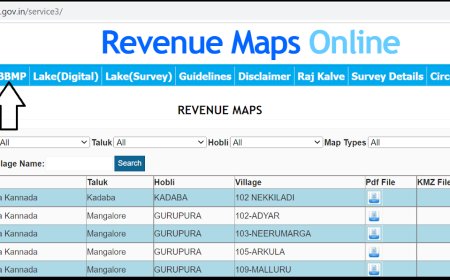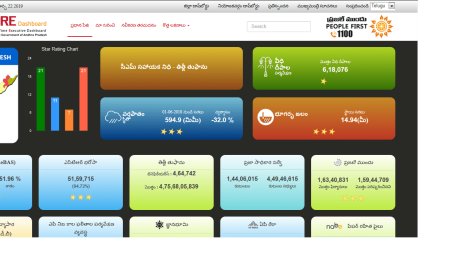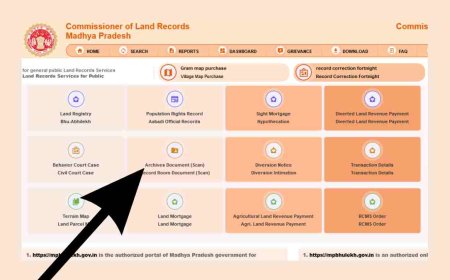Calibrating the Course: Powell on Economy and Policy


Introduction
Calibrating monetary policy is less like setting a destination and more like trimming sails mid‑voyage. Markets shift, winds change, and the instruments-economic data-can be noisy. In recent years, the Federal Reserve under Chair Jerome Powell has emphasized a pragmatic, data‑dependent approach that adapts to evolving conditions without abandoning longer‑term goals.
This article explores how policy is tuned in real time: the interplay between inflation dynamics, labor‑market signals, and risk management. The tone is neutral, but the lens is creative-focusing on how choices are framed, measured, and communicated.
- Anchor: Price stability and maximum employment remain the compass.
- Instruments: Rates, balance sheet, and forward guidance set the tack.
- Feedback: Incoming data, financial conditions, and expectations steer the course.
Calibrating the Course: Powell on Economy and Policy
For Powell, calibration begins with a clear articulation of goals and constraints: achieving price stability while sustaining a healthy labor market. The immediate stance is rarely all‑or‑nothing; it is an incremental posture that shifts as risks tilt. In this framing, policy isn’t a single decision but a sequence, where each step updates the probability of success.
Three levers dominate the toolkit. The first is the policy rate, which directly tightens or loosens financial conditions. The second is the balance sheet, where changes in asset holdings-quantitative tightening or reinvestments-adjust term premiums and liquidity. The third is communication, especially forward guidance, which shapes expectations and amplifies (or dampens) the impact of moves without changing the rate itself.
Calibration also reflects a constant negotiation with uncertainty. Lags in transmission mean today’s settings will echo months ahead, while supply shocks and global cross‑currents can muddy the signal. The response is deliberate: move in measured increments, keep options open, and emphasize data dependency so that the path can bend without breaking credibility.
Policy Dashboard at a Glance
| Lever | Primary Target | Effect Horizon | Communication Cue |
|---|---|---|---|
| Policy Rate | Demand, credit costs | Short-medium | Statement, SEP, dots |
| Balance Sheet | Term premium, liquidity | Medium | Runoff caps, reinvest |
| Guidance | Expectations | Immediate | Pressers, speeches |
Balancing inflation control, labor‑market signals, and data‑dependent decisions
Inflation control starts with the destination-returning inflation to target-but the route depends on the map. If inflation is sticky across core services and expectations drift, the bias tilts tighter. If disinflation broadens from goods to services and wage growth cools without a spike in unemployment, the balance allows patience. The art lies in distinguishing trend from noise.
Labor‑market signals are read in layers. Headline unemployment frames slack, but job openings, quits, hours worked, and wage measures reveal the texture beneath. A cooling but resilient labor market can accommodate disinflation without deep scarring; a sharp deterioration warns against over‑tightening. Powell’s emphasis on a “path back” underscores this balance: safeguard gains while restoring stability.
Data dependence operationalizes humility. Policymakers set a baseline-then let the data validate or invalidate it. That means conditionality: each print on inflation, employment, and financial conditions updates the odds of a pause, a move, or a change in guidance. The threshold for action is not a single number but a mosaic of consistent signals, cross‑checked against risk management and the distribution of possible outcomes.
Data‑to‑Decision Chain
| Data Point | Interpretation | Possible Response |
|---|---|---|
| Core services inflation | Sticky vs. easing | Bias to hold/tighten if sticky |
| Wage growth | Aligned with productivity? | Patience if aligned; caution if hot |
| Job openings & quits | Cooling vs. cliff | Gradualism if cooling; ease bias if cliff |
| Financial conditions | Market‑led tightening? | Offset via guidance or pace |
Conclusion
Calibrating policy under uncertainty demands clarity of purpose and flexibility of method. Powell’s approach marries firm anchors-price stability and employment-with a willingness to adjust the sails as data evolve. The goal is not perfect foresight, but resilient navigation.
In practice, that means measured steps, transparent communication, and continual cross‑checks between inflation, labor, and financial conditions. By keeping decisions conditional and reversible when warranted, the policy path can bend with the wind while still pointing toward the destination.
Bottom line: effective calibration is less about dramatic turns and more about steady, informed corrections-small moves that keep the economy on course, even when the seas are choppy.
What's Your Reaction?
 Like
0
Like
0
 Dislike
0
Dislike
0
 Love
0
Love
0
 Funny
0
Funny
0
 Angry
0
Angry
0
 Sad
0
Sad
0
 Wow
0
Wow
0






































































